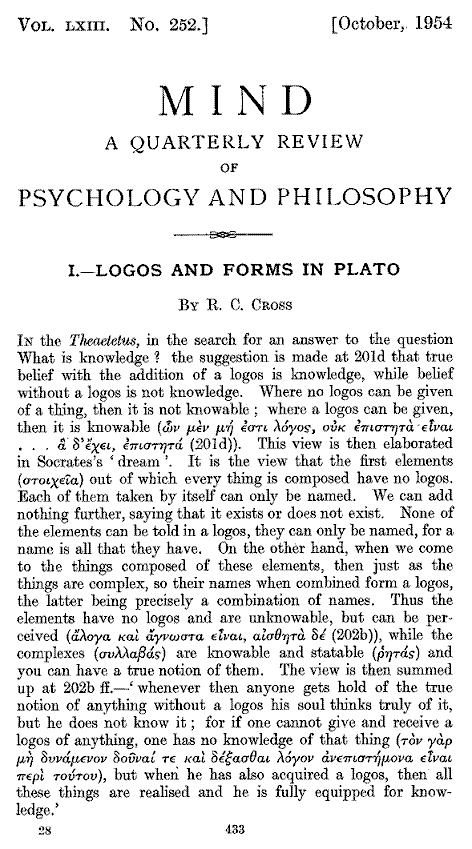"The present study is closely connected with a lecture* given by Prof. Ernst Cassirer at the Warburg Library whose subject was 'The Idea of the Beautiful in Plato's Dialogues'…. My investigation traces the historical destiny of the same concept…."
* See Cassirer's Eidos und Eidolon : Das Problem des Schönen und der Kunst in Platons Dialogen, in Vorträge der Bibliothek Warburg II, 1922/23 (pp. 1–27). Berlin and Leipzig, B.G. Teubner, 1924.
— Erwin Panofsky, Idea: A Concept in Art Theory, foreword to the first German edition, Hamburg, March 1924
On a figure from Plato's Meno—

The above figures illustrate Husserl's phrase "eidetic variation"—
a phrase based on Plato's use of eidos, a word
closely related to the word "idea" in Panofsky's title.
For remarks by Cassirer on the theory of groups, a part of
mathematics underlying the above diamond variations, see
his "The Concept of Group and the Theory of Perception."
Sketch of some further remarks—

The Waterfield question in the sketch above
is from his edition of Plato's Theaetetus
(Penguin Classics, 1987).
The "design theory" referred to in the sketch
is that of graphic design, which includes the design
of commercial logos. The Greek word logos
has more to do with mathematics and theology.
"If there is one thread of warning that runs
through this dialogue, from beginning to end,
it is that verbal formulations as such are
shot through with ambiguity."
— Rosemary Desjardins, The Rational Enterprise:
Logos in Plato's Theaetetus, SUNY Press, 1990
Related material—
